There were a couple of interesting stories about our Universe that caught my eye. Both deal with celestial objects and events that are among the largest and most powerful known to astronomy.
I’ve written several posts about the Gravity Wave observatories that are the newest field of research in astronomy. (See my posts of 14Jun17, 22Oct17, and 17Nov18) To date the two Laser Interferometer Gravity wave Observatory (LIGO) observatories in the US along with the Virgo observatory in Italy have observed over fifty events including the merger of two black holes or two neutron stars into a black hole as well as black hole and a neutron star into a black hole.

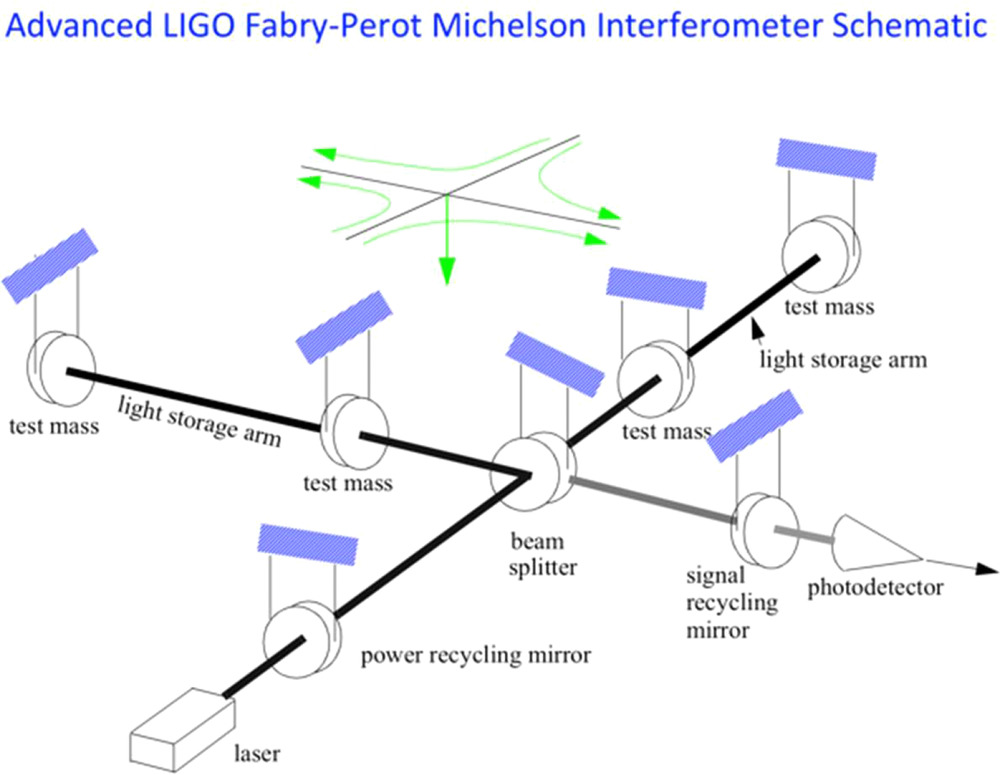
In all of those events observed thus far however the masses of the objects involved were between two and ten times the mass of our Sun. This places them all within a class known as stellar black holes, which are black holes with a mass comparable to that of our Sun.

At the same time astronomers are discovering more and more evidence of super-massive black holes in the center of every large galaxy. These black holes are estimated to have masses anywhere from several million to several billion times that of our Sun. Those observations left a gap however; there was no direct evidence for the existence of black holes with masses between several times ten to several times a thousand that of our Sun.
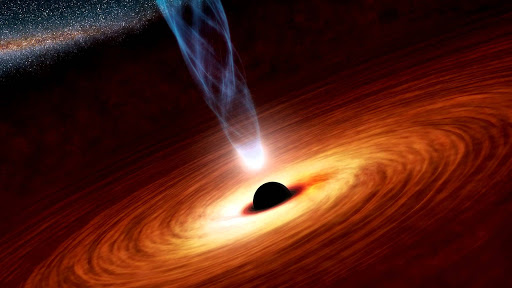
Until now, because on April 12th of this year a new gravity wave event, given the designation GW190521, was detected whose characteristics were such that astronomers could determine the initial masses of the two black holes to be 85 and 66 times that of our Sun. The resulting merger gave birth to a black hole with 142 solar masses, the remaining 8 solar masses being completely converted into the energy of gravity waves. That makes GW190521 by far the most powerful gravity wave event yet detected.
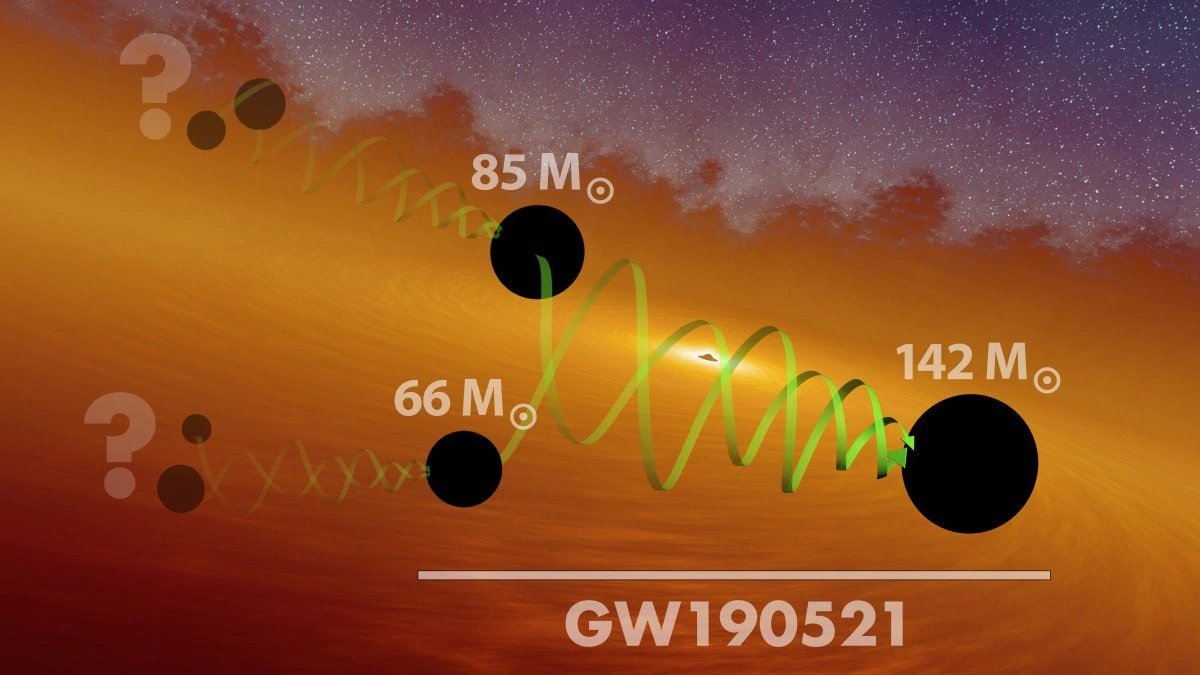
But what interests astronomers the most was that the masses involved, 66, 85 and 142 solar masses all fit into that gap area where no black holes had ever been observed. That makes GW190521 the first direct evidence for the existence of intermediate black holes. While astronomers may have learned a great deal from these first observations you can be certain they are eagerly waiting the next signal from the merger of intermediate sized black holes.
In another story, on an even larger scale, we have all heard of the galaxy of Andromeda, the closest big galaxy to our own Milky Way and the most distant object that is visible to the naked eye. A typical spiral galaxy Andromeda is a vast disk of more than 200 billion stars some 100,000 light years in diameter at a distance of about 2 million light years from us. And you may have also heard that Andromeda is heading straight at us! In fact Astronomers estimate that our two galaxies are likely to collide in just a little over four billion years.
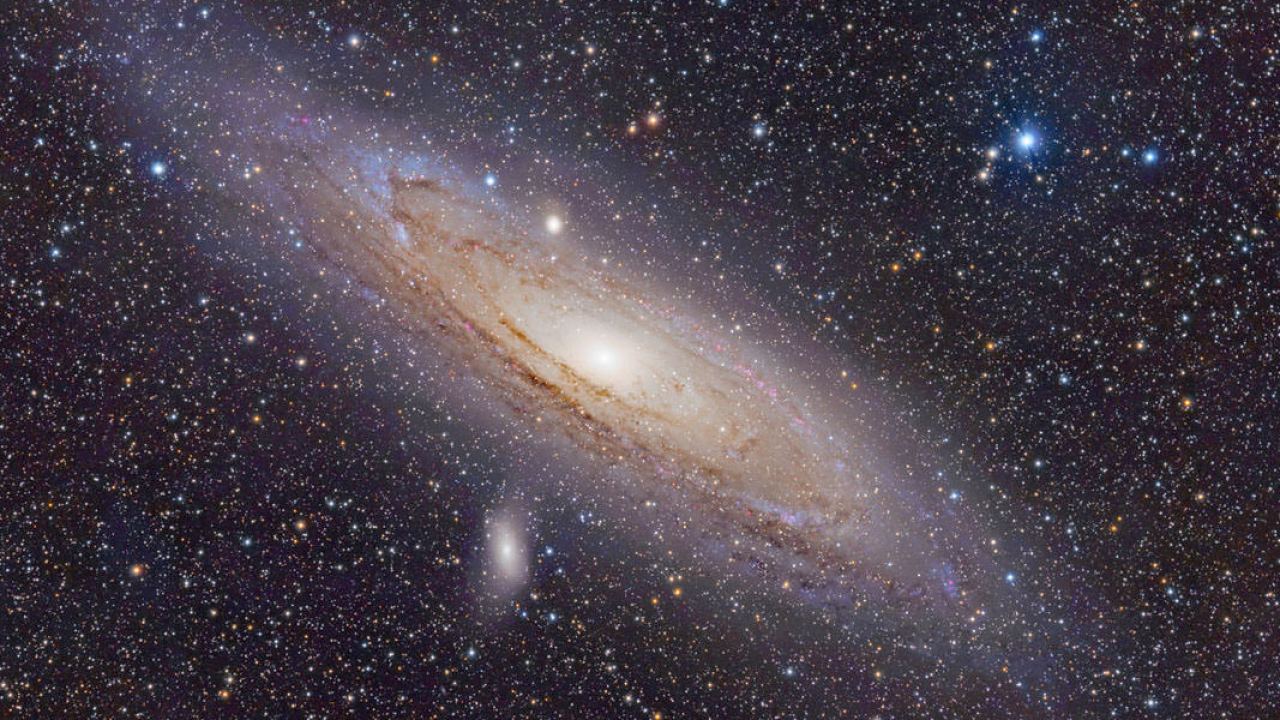
Most of our current theories about how galaxies evolve are based upon such collisions between small galaxies leading to the build up of ever larger galaxies as the galaxies merge. What kind of a merger will result from the collision of our Milky Way with Andromeda is unknown at present, after all it’s hard to predict the details of something that’s not going to happen for four billion years.
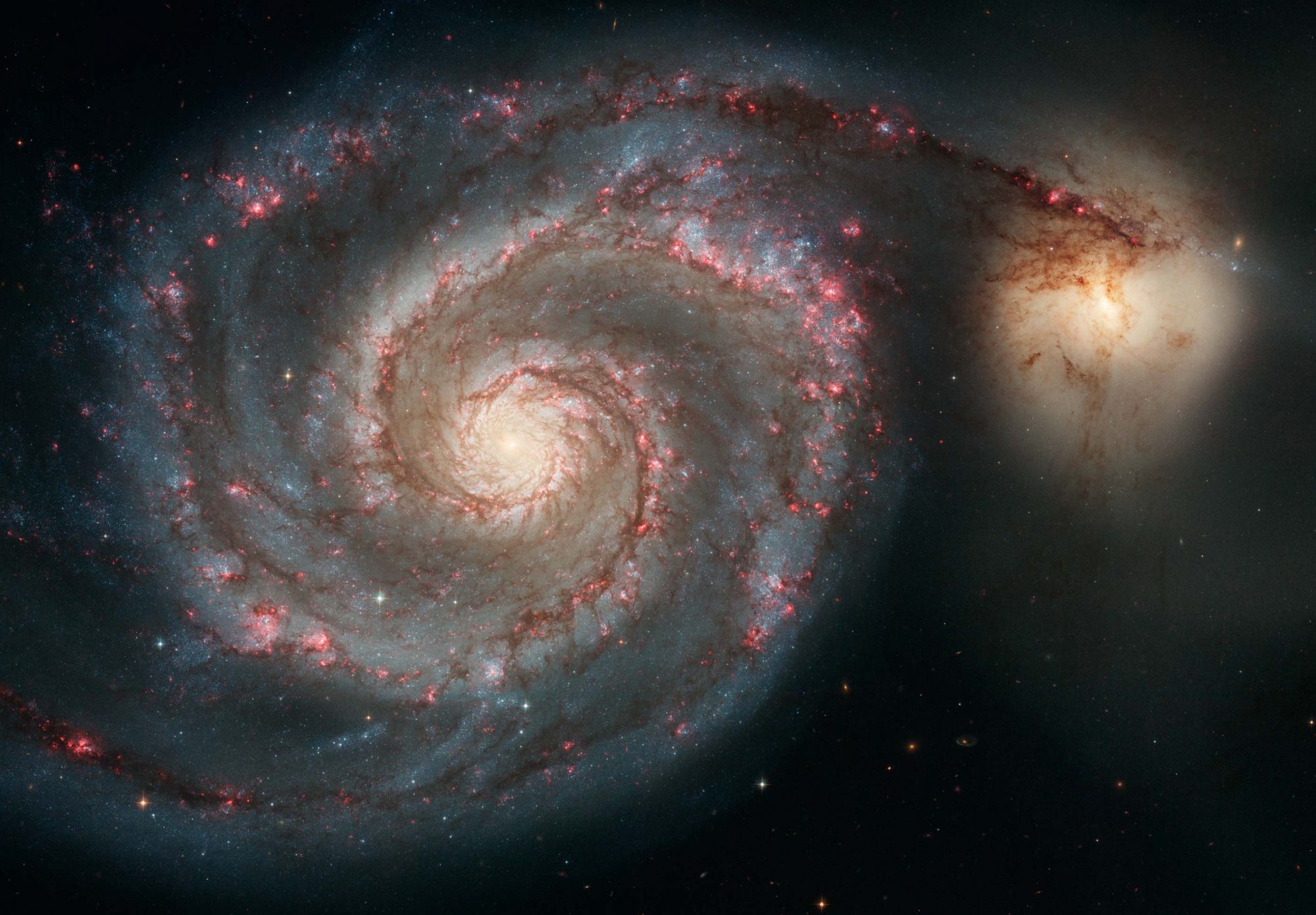
Now however a group of astronomers are asserting that the collision has already begun. Using the Hubble space telescope these astronomers, led by Professor Nicholas Lehner of the Physics Department at the University of Notre Dame, were trying to determine exactly how big Andromeda is. That’s not actually an easy task since galaxies are not cohesive objects but vast collections not only of stars but huge amounts of gas and dust. In other words galaxies don’t have nice, well defined edges but rather just trail off, becoming less and less dense the farther you get from their center.
The astronomers were able to study the halo surrounding Andromeda by measuring its effect on the light of even more distant quasars located behind the halo. Quasars are the very active cores of distant galaxies powered by the feeding of supermassive black holes in the galaxy’s center.
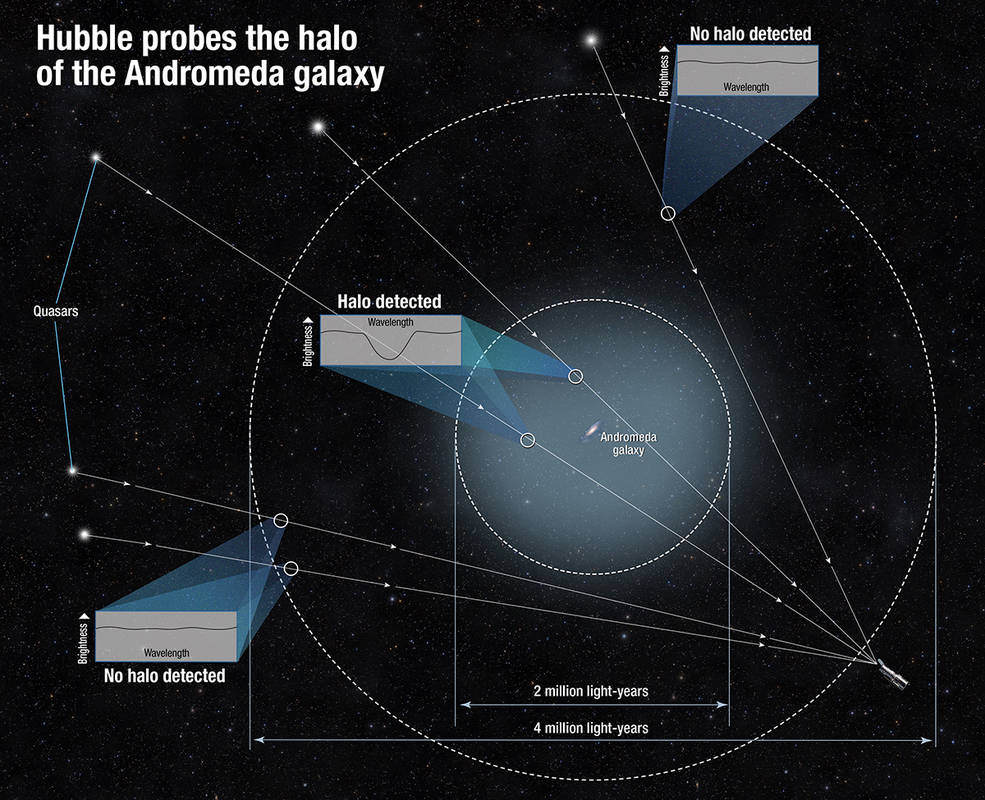
As the light from those distant quasars passes through Andromeda’s halo certain wavelengths of light are absorbed. By studying which wavelengths are absorbed, and by how much the astronomers can learn a great deal about the material making up the halo. And what Professor Lehner and his team have found is that Andromeda has a very, very thin halo surrounding it, and that halo extends at least as far as 1.3 million light years from the galaxy’s center, half the distance to our own Milky Way.

But if Andromeda has a big halo, reaching halfway to our Milky Way, shouldn’t our Galaxy have just as big a halo. In fact the team has found evidence that it does, and further evidence that the two halos are already beginning to interact. So in a sense that collision between Andromeda and the Milky Way has already begun, even if the main event is still a long time to come.
